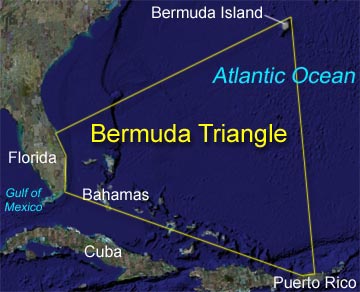Saturn’s sixth and largest moon Titan has an average surface temperature of 94.2611Kelvin (-178.889°C or -290°F). Nitrogen comprises 98.4% of the atmosphere. Water is perpetually frozen; it can almost be considered a mineral. The seas of Titan are made up of hydrocarbons like methane, ethane, and some propane. The land masses are composed of frozen water and ammonia, which also exist in liquid states below Titan’s crust, much like silica and iron exist in liquid form below Earth’s crust.
Titan may still contain many of the components for life. Scientists have known for thirty years that complex carbon compounds called tholins exist on comets and in the atmosphere of the outer planets. In theory tholins could interact with water in a process called hydrolysis to produce complex molecules similar to those found on the early Earth; these compounds are called prebiotic.
Titan is thought to be made mainly of ice; some of this ice may melt during meteor impacts or underground processes, producing ice volcanoes that eject lava made of ammonia mixed with water. Tholins could potentially react with this liquid water exposed by meteor impacts or ice volcanoes and produce probiotic organic molecules before the water freezes. Catherine Neish, a graduate student working on her doctorate in planetary science at the University of Arizona, showed that over a period of days, compounds similar to tholins can be hydrolysed at near-freezing temperatures. Liquid water exposed on Titan is believed to persist for hundreds to thousands of years.
Another study used data from NASA’s Cassini spacecraft. The craft detected large molecules at altitudes of some 965 km above Titan’s surface; but these molecules remained unidentified because of limitations of the craft’s instruments. Sarah Hörst, a graduate student in planetary science at the University of Arizona, led the research team that replicated the atmosphere of Titan in a large chamber at the temperatures present in the moon’s upper atmosphere. They used radio energy at a power level comparable to a moderately bright light bulb to simulate the sun’s ultraviolet light. UV light breaks up molecules like molecular nitrogen or carbon monoxide in Titan’s atmosphere, which leaves the individual atoms to choose different partners with which to form new molecules. The tiny aerosol particles produced by the experiment were run through a mass spectrometer, which is used to show the chemical formulae that make up the molecules within the aerosols. Hörst then ran these formulae past a roster of molecules known to be biologically important for life on Earth. She got 18 hits; 4 were nucleotides whose combinations form an organism’s genetic information encoded in
DNA. It seemed it was more important for some form of oxygen to be present in the ingredients than it was for water to be present.
Billions of years ago Earth’s upper atmosphere may also have been the source for these "prebiotic" molecules, amino acids and the so-called nucleotide bases that make up DNA. Oxygen in early Earth history would have been in the form of carbon dioxide and carbon monoxide from volcanic activity, as well as from water released by volcanism and meteor and comet impacts. The oxygen on Titan seems to be coming from Enceladus, another moon of Saturn that is home to icy geysers that eject ice into space near its south pole. The water molecules ejected from Enceladus’ geysers can be carried great distances through Saturn’s system; some oxygen bearing minerals from this find their way to Titan.





















